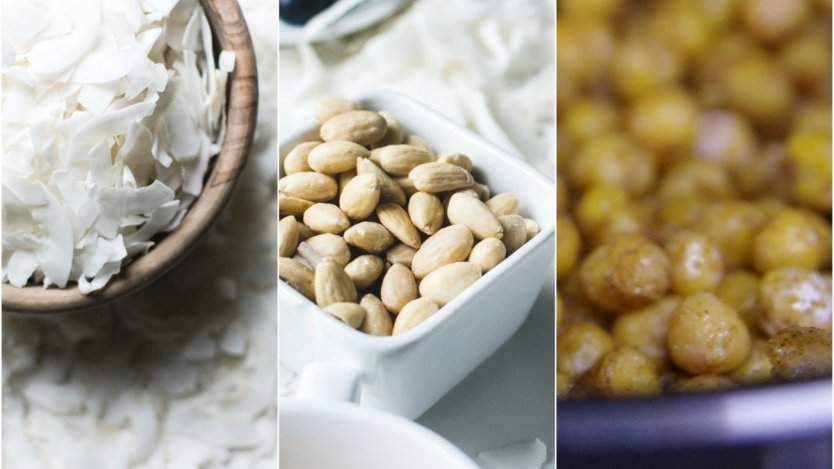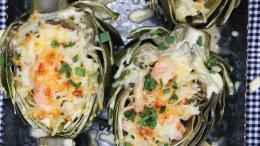Whether or not you follow a gluten-free diet, experimenting with non-traditional flours is a fun way to get creative with both sweet and savoury cooking and baking. From bean flours to oat flour, and everything in between, here are some non-flour flours to try out, as well as recommendations of what they are best suited for. They might not be all-purpose flour, but they can definitely serve all your purposes.
Coconut flour
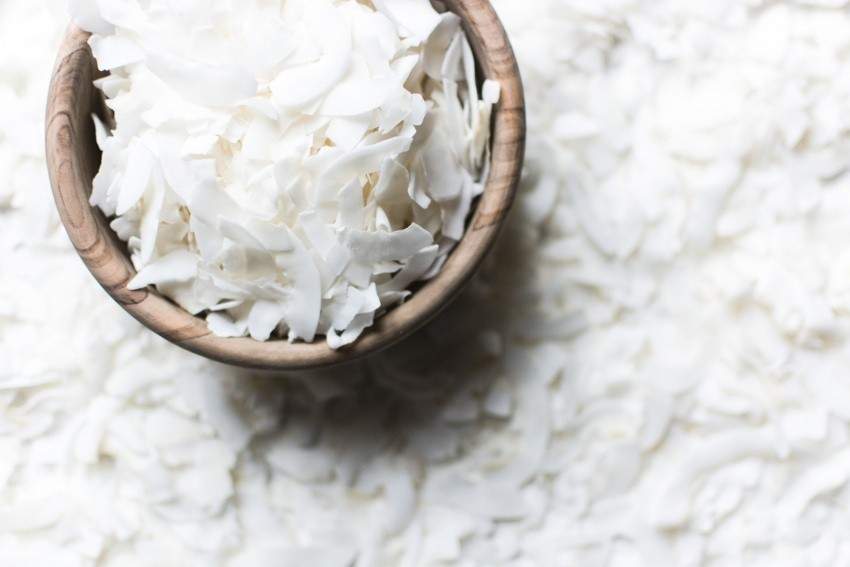
Despite coconut’s nutty, tropical flavour, many have a hard time with the texture of traditional desiccated coconut. Using coconut flour instead of shredded coconut helps to mitigate this, providing the taste of coconut while remaining fine enough that you don’t have to worry about it getting stuck in your teeth. Cracking into the details, coconut flour is really just dried and finely ground coconut flesh. Technically, it’s not flour at all, but rather coconut meal, similar to ground almonds or other nuts. It’s very high in fiber, low in sugar, and contains healthy fats. Coconut flour is great in baked goods, because of its natural sweetness, but it’s important to keep a few things in mind. Firstly, it is incredibly absorbent, so if you’re not careful, it can turn whatever you are making into mush. Secondly, because of its high fat content, it can go rancid. Your best bet is to store it in the refrigerator or freezer, rather than at room temperature. Because it absorbs moisture so readily, try it in recipes that would otherwise dry out quickly, like chiffon cake. Or, use it in the crust for a coconut key lime tart, and be transported straight to the tropics.
Oat flour
Historically, oats have been used to feed livestock more than humans.
Other than being used in morning oatmeal, a crisp or crumble, and the occasional oatmeal raisin cookie, oats aren’t typically viewed as an especially versatile ingredient, but that couldn’t be farther from the truth. Oat flour is ground up oats, which you can make yourself by pulverizing whole oats in a food processor or high power blender like a Vitamix. (If you’re aiming for your oat flour to be gluten free, be careful to buy non-contaminated oats to begin with.)
The benefit of using oat flour, is that it can be consumed both cooked and raw. As much as oat flour makes for an incredible chocolate chunk cookie, it is equally delicious blended with peanut butter and dried nuts, seeds, and fruits, and rolled into hearty energy bites. You can even add oat flour to your smoothies for an almost butterscotch-like flavour. Scones, shortcakes and biscuits are all great applications for oat flour. Try throwing some whole oats into whatever you’re using oat flour in for added oat nuttiness and texture.
Rice flour
There are at least as many, if not more, types of rice flour as there are wheat flour. Basic rice flour is made from ground medium or long grain rice (the stuff you’d typically cook as a side dish) with the outer bran and germ removed. It has a subtle flavour, which can be used to accentuate other ingredients like dairy, eggs, and chocolate. It can be ground either finely or coarsely, which will affect the texture of the final dish.
Glutinous rice flour, otherwise known as sweet rice flour (the stuff used in mochi), in fact contains no gluten at all, and is made from finely ground short grain or sticky rice. Because of its moisture retention, it can keep baked goods chewy for days without going stale. Doughnuts or beignets made with mochi can be reheated even a day or two after frying and still be palatable. Finally, there’s brown rice flour, which, similar to whole wheat flour, contains the rice bran and germ. These additions provide fiber and other health benefits, and they lend a nuttier flavour. Keep in mind that brown rice flour does better when hydrating ahead of using it, otherwise the final product can wind up a tad dry (similar to how bran muffins are better when you soak the bran before hand).
Black bean flour
I have a particular affinity for black bean flour, thanks to a pulse competition in culinary school that had us experimenting with black bean brownies, chocolate-covered black beans, and what were essentially gluten-free black bean flour Cheetos (why these are not a thing is totally beyond me). You can make your own black bean flour but you might wreck your blender or food processor in the process. It’s probably easiest just to hunt down a bag of already ground black bean flour (Bob’s Red Mill makes it).
Black bean flour is quite versatile and can be used in both sweet and savoury cooking. Flavour-wise, it definitely stands alone, so be sure to pair it with something that can hold its own, or be prepared to let black beans be the star. Chocolate and black beans are pretty much made for each other, whether it be in chocolate cake, brownies, or a mole-esque sauce of sorts (you can use black bean flour as a thickener, similar to how you would use flour in a roux or cornstarch in a slurry). Or, expand on the Latin American theme and use black bean flour in combination with corn flour in homemade tortillas. Black beans tacos, nachos, and taquitos are all at your fingertips!
Chickpea (garbanzo bean) flour
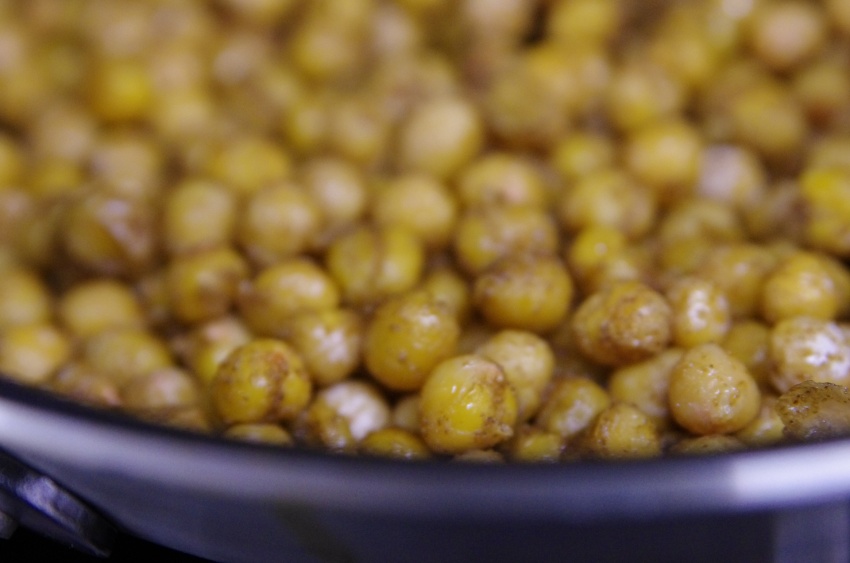
No bean is quite as popular as the mighty chickpea. Its popularity started with hummus and has since reached across a plethora of applications, from roasted chickpeas, to chickpea veggie burgers, Buddha bowls, and everything in between (don't forget falafel!). Admittedly, chickpea flour, or dried, pulverized chickpeas, has a beany quality to it that is best suited to savoury applications. It is known as “besan” or “gram” (not to be confused with “graham”) flour in parts of Asia, and does contain some bitterness. This is more apparent when the flour is made from raw chickpeas over roasted chickpeas.
Use chickpea flour for Indian bhajis, a type of fritter typically filled with vegetables. You can also use it in socca, a form of flatbread found in Nice, France. Or, get adventurous and try it in sweet applications, keeping in mind that it stands up well to other strong flavours like caramel or squash. Chocolate chip pumpkin loaf with chickpea flour works well; and chickpea flour butterscotch blondies are definitely a sure bet.
Nut flour
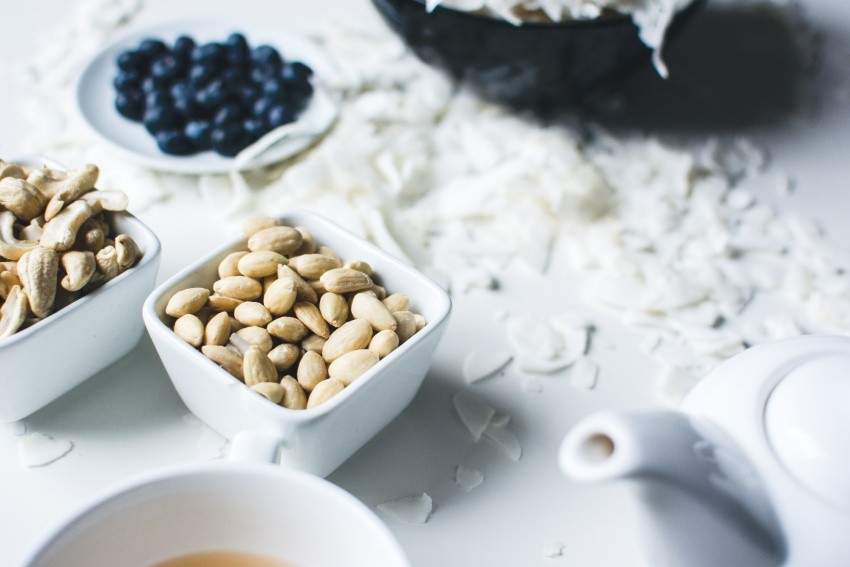
Like coconut “flour”, almond and other nut flours are simply blanched, ground nuts. It’s easy to make your own by blitzing them in a food processor, and then sifting it to remove any larger pieces that remain. Coarser than flours produced from grains, nut flours give a pebbly, and sometimes mealy texture to the end product. They’re perfect for flourless tortes (think chocolate hazelnut with some lime zest for zip) and traditional meringue-based confections like French dacquoise and macarons. Nuts pair famously with fruits, so keep that in mind when composing your desserts. Almond flour and stone fruits, like peaches and cherries, are always good together. Again, with their concentration of oils, they can spoil quicker than other flours, so store them in the fridge or freezer to prevent them from going off.

